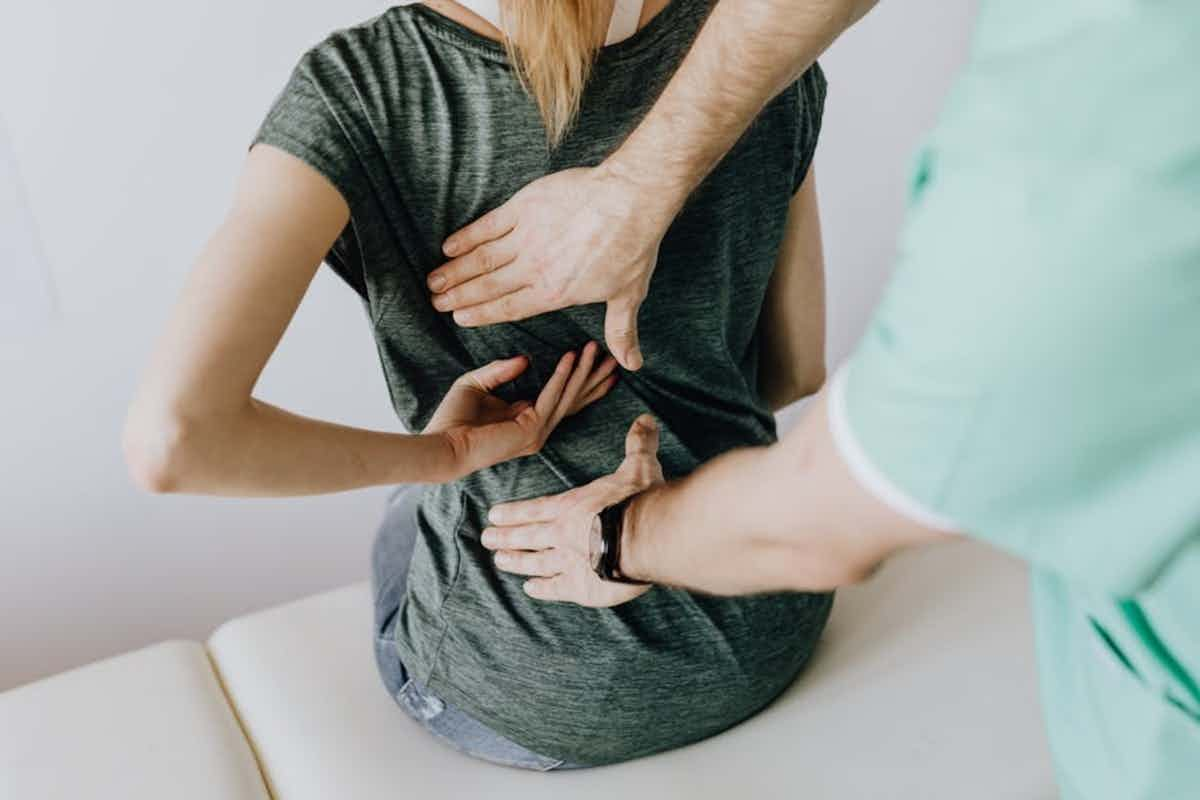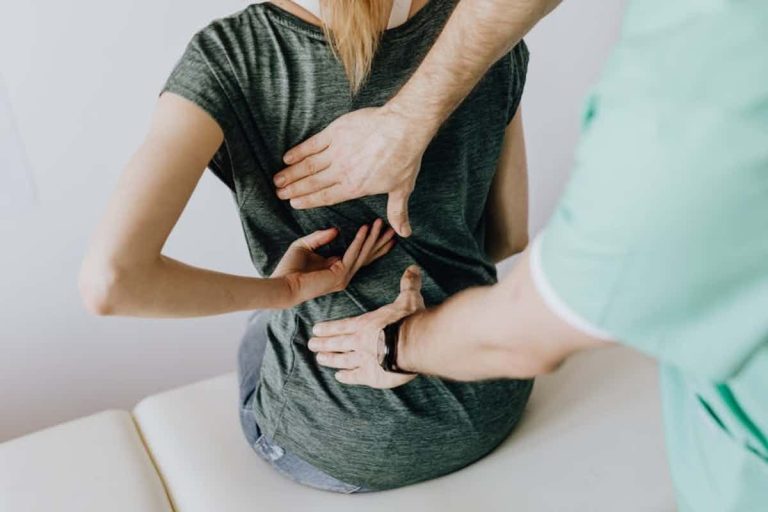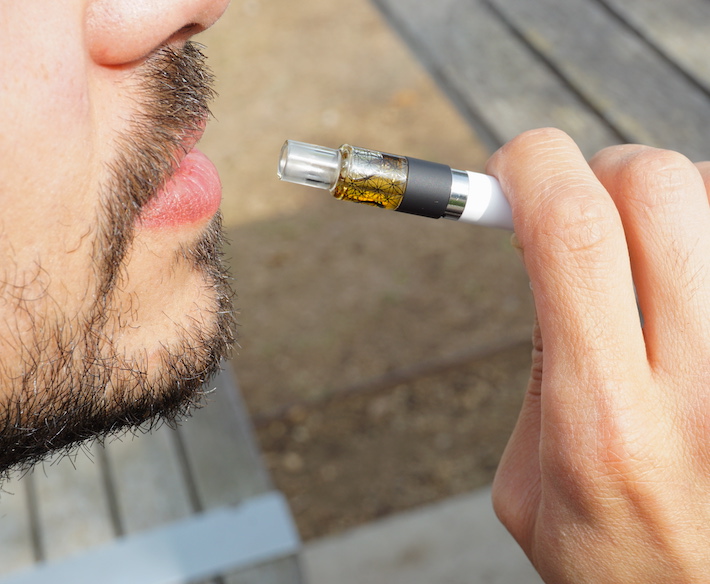Strengthening natural healing through body awareness and regular care
After an accident, the body keeps a memory of the shock. Muscles stay half-tense, joints lose their easy glide, breathing feels shorter than before. Some mornings start fine, then stiffness slowly creeps in. These are not random aches; they are small signals that balance has shifted. You can visit site where the care begins with noticing those details and helping the body drop its guard so movement feels normal again.
Why prevention matters more than quick fixes
Relief pills or cold packs help for a while, but they do not reset movement. Real prevention comes from gentle correction teaching the spine where center feels like again. Once bones sit right, muscles stop holding extra weight, and nerves quiet down. Healing then builds on its own without forcing it every day.
Self-awareness practices for accident recovery
Awareness keeps healing alive between visits.
- Feel how the feet press the ground while standing
- Roll shoulders once whenever they tighten
- Notice if one side feels heavier during walking
- Pause and breathe when tension climbs
- Stretch lightly before sleep, not after waking tired
These small checks turn daily routine into quiet therapy.

How hydration and nutrition support tissue recovery
Injured muscles need flow like blood, oxygen, and clean fuel. Water helps move waste out; light, mineral-rich food feeds the cells repairing each fiber. Warm soups, green vegetables, and simple home meals often do more than fancy diets. When the body is fed well, recovery speeds up without pushing harder.
Staying active without overstraining muscles
Stillness slows healing, but rushing hurts it too. Gentle motion sits in the middle. Short walks loosen hips, light stretches wake up circulation, breathing deep resets energy. Each movement should feel calm, never forced. The goal is not exercise; it is trust showing the body that movement is safe again.
Creating a personalized rhythm for everyday wellness
No two recoveries ever match. One person finds relief in a few sessions; another needs longer for the body to unwind. What matters is watching closely seeing how pain changes, how posture holds, how each week the movement feels a bit more natural.
Little by little, strength returns, quiet but certain. The back steadies, breathing deepens, and tension begins to fade. Also, visit site that steady hands, the process feels patient, not pushed. The body learns its own rhythm again like less defense, more flow, and strength that feels lived-in rather than forced.







